Raw Peptides vs. Lyophilized Peptides as Acetate Salts
Peptides are most commonly supplied in one of two forms: unstable raw peptide materials, or properly formulated lyophilized acetate salts with excipients. The latter is considered the industry standard for storage, handling, and experimental consistency. These peptides are not only purified but are also converted into their acetate salt form, which improves solubility, safety, and stability.
Raw Peptides
Raw peptides are typically obtained directly after synthesis and cleavage, often in a semi-solid or oily state. These materials may contain synthesis byproducts, residual trifluoroacetic acid (TFA), unreacted linkers, and scavengers. They are chemically unstable, sensitive to moisture and oxygen, and unsuitable for biological research without further purification and stabilization.
- Stability: Poor; prone to hydrolysis and oxidation
- Purity: Variable; often ≤70% without post-cleavage purification
- Solubility: Inconsistent and highly sequence-dependent
- Usability: Limited; unsuitable for quantitative research
Lyophilized Peptides as Acetate Salts (with Sodium Acetate & Mannitol)
Peptides in their final research-ready form are purified, converted to their acetate salt form (replacing TFA), and lyophilized with a stabilizer system. The standard excipients used are:
- Sodium Acetate: The conjugate base of acetic acid, used to buffer the peptide and form a physiologically compatible acetate salt
- Mannitol: A bulking and cryoprotective agent that stabilizes peptide conformation during lyophilization and improves powder uniformity
These peptides are white, fluffy lyophilized powders with excellent reconstitution characteristics. The acetate salt form improves solubility and eliminates cytotoxic counterions like TFA. When reconstituted with bacteriostatic water or saline, the resulting solution closely mimics physiological osmolarity and pH.
Comparison Table
| Property | Raw Peptide | Lyophilized Peptide (Acetate Salt + Mannitol) |
|---|---|---|
| Salt Form | Typically TFA salt or undefined | Acetate salt (via sodium acetate exchange) |
| Stability | Poor | Excellent (18–36 months at –20°C) |
| Purity | Low to moderate | ≥98% (HPLC verified) |
| Solubility | Unpredictable; often poor | Excellent in saline or bacteriostatic water |
| Reconstitution | Requires acid, heating, or agitation | Rapid and uniform |
| Excipient System | None or undefined | Sodium acetate + mannitol |
| Visual Form | Oily, sticky, or crystallized mass | White lyophilized powder |
Conclusion
Peptides in acetate salt form, stabilized with mannitol and lyophilized, represent the pharmaceutical and research standard. They offer dramatically improved purity, chemical stability, isotonic compatibility, and user confidence. Raw peptides, in contrast, are unstable, impure, and inconsistent in solubility — rarely suitable for modern research applications without further processing.
